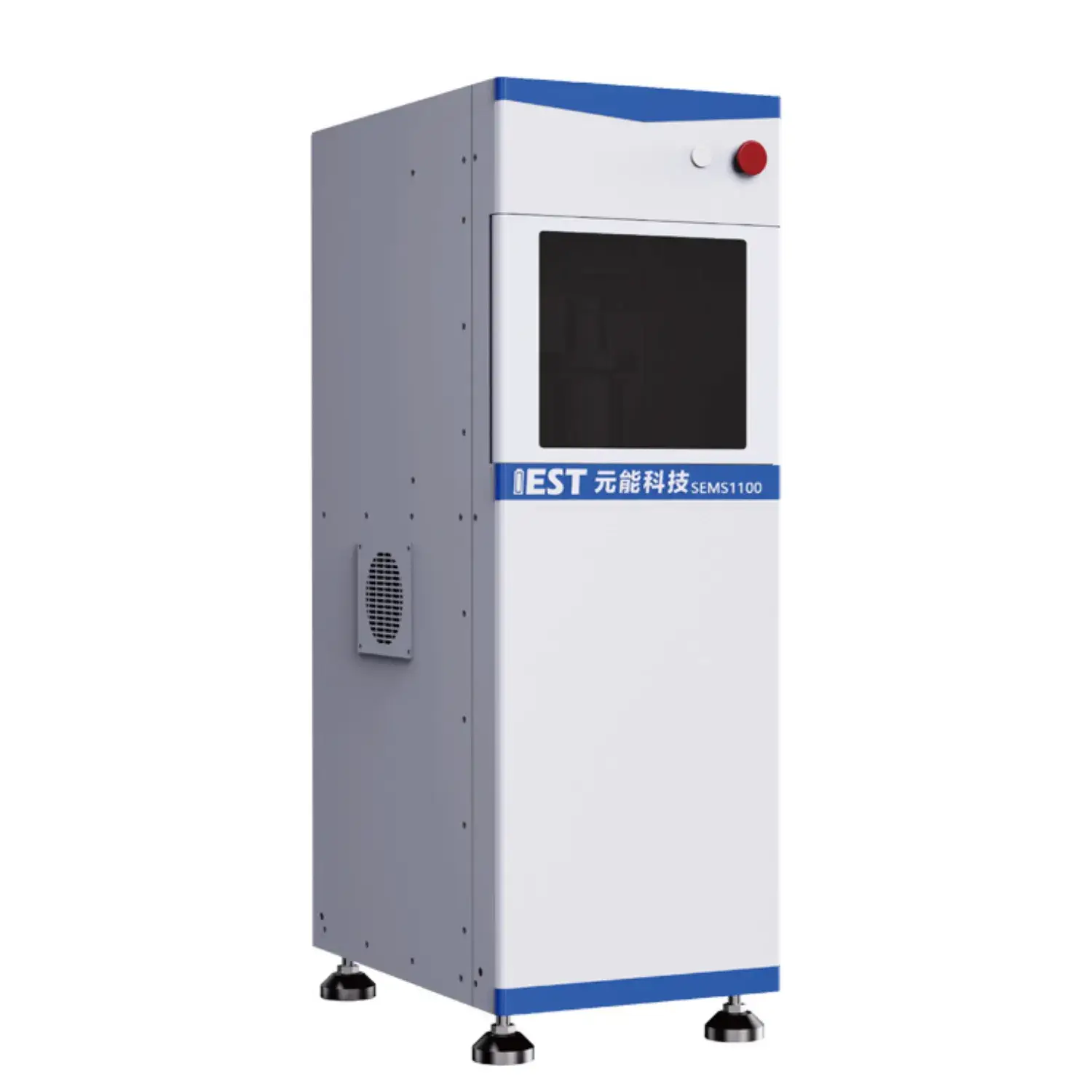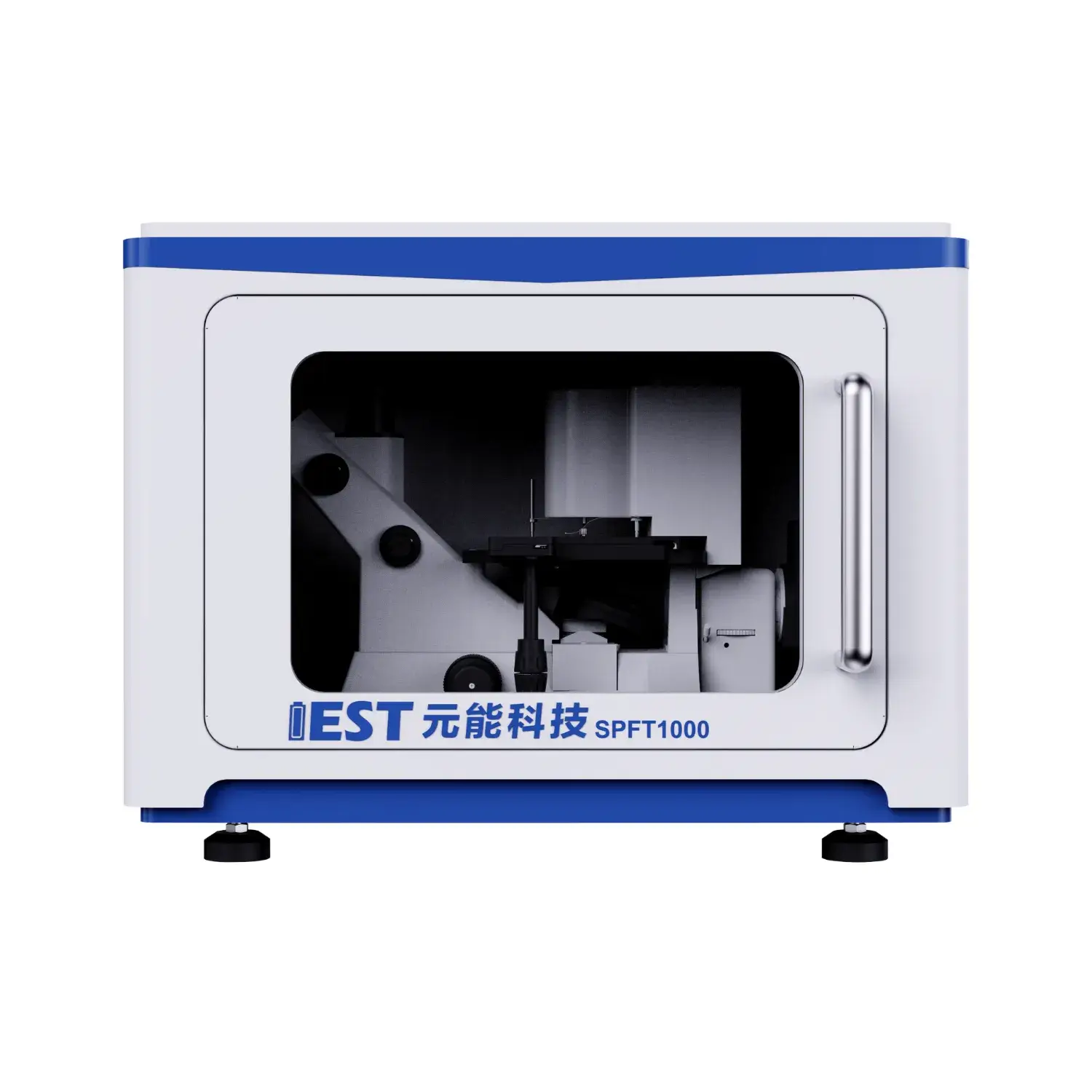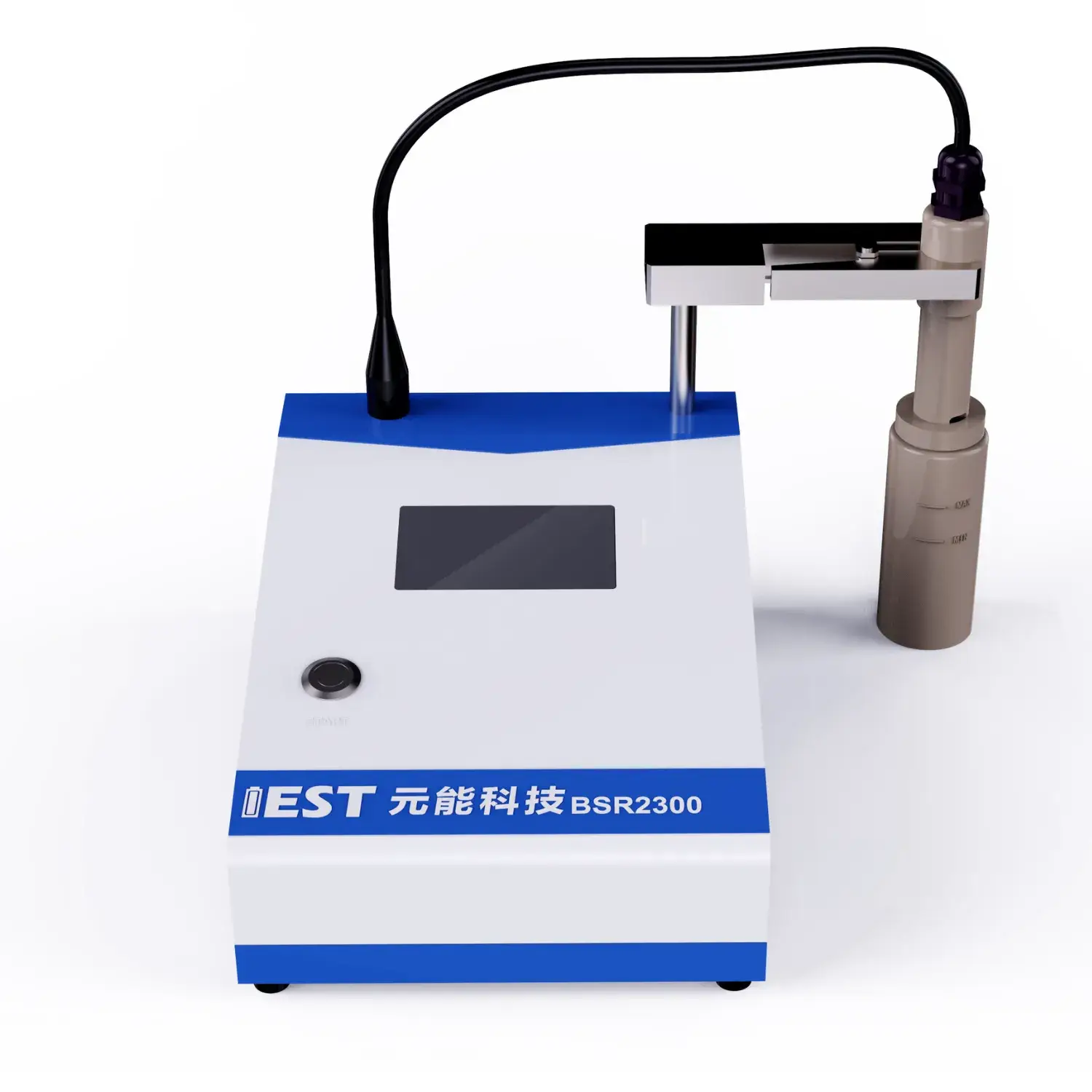Troubleshooting guide provided powder compaction density optimization consultancy

EIS testing reveals internal electrochemical properties of lithium battery systems, especially under varying thermal conditions. Applying analyzing the impedance response of the battery across various frequencies, valuable insights can be extracted regarding the internal resistance, charge transfer kinetics, and overall functionality of the lithium-ion battery system. For example, EIS testing can help to quantify the impact with respect to temperature fluctuations on key factors such as electrode polarization resistance, ionic conductivity, and double layer capacitance.
- Also, EIS data can be used to identify potential failure mechanisms associated to thermal stress, enabling the development of strategies for optimizing battery design and improving their overall longevity.
- The information is crucial for ensuring the safe and efficient operation throughout lithium-ion batteries in a wide range regarding applications, covering transportation, consumer and stationary storage.
Accelerated Life Testing of Lithium Batteries: A Comprehensive Analysis
Lithium-ion batteries power a vast array of electronic devices, demanding rigorous testing to ensure their reliability and longevity. ADT constitutes a central assessment approach for simulating the responses of prolonged use and diverse environmental conditions on battery performance. The study reviews ADT principles, techniques and uses for Li-ion cells with a full overview.
ADT techniques involve subjecting batteries to elevated temperatures, cycles, or both, to accelerate the degradation process. This helps measure capacity loss and life reduction due to stress.
Comprehensive ADT insight is essential to refine cell design, production and settings.
EIS Methods for Battery Characterization
Impedance spectroscopy inspects electrode and electrolyte interactions to reveal battery internals. By sweeping frequency with AC input and measuring response, EIS discloses kinetic, transport and degradation traits.
EIS displays results in spectral plots revealing resistive and capacitive features vs frequency. Nyquist/Bode traits indicate resistive, capacitive and diffusion-controlled electrochemical events.
Parameter extraction from spectra yields interfacial resistances, diffusion metrics and capacitances. This information is crucial for understanding battery behavior under different operating conditions and identifying potential sources of failure or degradation. Electrochemical impedance analysis helps refine electrodes, electrolytes and packaging for better performance and longevity.
Fundamentals of Powder Resistivity Measurement
A resistivity test rig for powders provides core measurements in the characterization of powdered materials. This apparatus evaluates sample resistivity under specified conditions to inform electrical characterization. Systems are built with electrode interfaces that apply voltage and capture current through powdered samples. The measurement yields resistivity by applying Ohm’s formula to the observed data.
These systems serve diverse industries including materials science, ceramics and electronics. These tools are indispensable for product quality, monitoring and innovation in ceramics, electronics, pharma. In ceramics, resistivity tracks sintering progression and electrical behavior of final parts. Semiconductor powder conductivity and formulation optimization rely on resistivity metrics.

Continuous Resistivity Feedback to Improve Powder Quality
Instant resistivity sensing gives operators immediate insights to adjust powder production parameters. Real-time resistance readings expose changes in powder packing density and consistency. Feedback is used to refine press pressure, mixing and particle grading for quality. Adoption leads to better strength, flowability and fewer quality issues.
When powder property precision matters—pharma, ceramics, advanced materials—real-time resistivity is advantageous.
Next-Generation Powder Resistivity Instruments for Labs
Leading-edge resistivity analyzers deliver fine-grained electrical insights for scientists. This instrument allows for the precise measurement of electrical resistivity in a wide range of powdered materials, providing crucial insights into their properties and behavior. Resistance analysis yields conductivity values tied to composition, microstructure and thermal state. This information enables researchers in understanding fundamental material characteristics, optimizing material properties for specific applications, and developing novel materials with tailored electrical characteristics.
- Furthermore, powder resistivity analyzers are widely used in various research fields, including semiconductor technology, battery development, and catalysis.
- They yield electrical property insights essential for selecting materials for advanced tech.
Embedded Resistivity Measurement in Electrode Fabrication
Real-time, direct, online resistivity measurements of powders are crucial, essential, vital for optimizing electrode fabrication processes. Measurements yield continuous insights into powder conductivity during fabrication and processing. Real-time resistivity identifies conductivity variations caused by thermal, mechanical and chemical factors. Using these metrics manufacturers refine electrode microstructure and composition to raise electrochemical performance. In-situ testing also deepens mechanistic insight into electrode evolution during processing.

Precision Conductivity Analysis Using Powder Resistivity
Assessing electrical conductivity is central to many materials science tasks. Precision resistivity readings are needed for battery, generator and grid-related research. Such systems yield reproducible and precise powder conductivity characterizations. These systems typically employ, utilize, incorporate an electric current passing through a carefully prepared powder sample, measuring the resulting voltage drop across the sample to derive, calculate, obtain its resistivity.
- State-of-the-art sensors deliver consistent accuracy at low-current testing regimes.
- Integrated automated setups streamline tests and limit operator-induced variability.
- Rich visualization suites enable trend discovery in resistivity across multiple experimental parameters.
Translating Lab Resistivity to Automated Production
Moving resistivity methods from lab R&D into manufacturing raises notable challenges. Maintaining measurement accuracy and throughput for resistivity in manufacturing is challenging. Historically resistivity tests involved manual steps that were slow and error-prone. Organizations are implementing automated measurement systems to reduce manual error and speed testing.
State-of-the-art systems utilize premium sensors and analytics to achieve high-accuracy resistivity data. Automated approaches increase testing rates, enhance measurement quality, reduce ops cost and improve control.
Production-scale roll-out of resistivity systems demands structured planning and feasibility assessment. Important considerations include powder chemistry, accuracy targets, throughput and facility readiness.
- Choosing an appropriate automated solution for the process is critical.
- Plan for tight integration with manufacturing operations.
- Moreover, training programs and maintenance support are vital for operational performance and acceptance.

EIS-Based Diagnostics for Battery Aging Mechanisms
Impedance spectroscopy analyzes internal processes to investigate battery aging and failure. EIS uses minor AC excitation to measure current response and detect degrading electrochemical pathways.
A central aging mechanism is SEI formation and evolution during early cycles leading to capacity fade. Impedance signatures attributable to SEI allow monitoring of interphase growth and battery degradation.
Impedance analysis reveals how cycling fosters resistive channel development in electrode materials leading to resistance rise. By, Through, Using analyzing impedance spectra at different frequencies and temperatures, researchers can elucidate, clarify, determine the specific contributions of these degradation mechanisms and their relative impact, influence, effect on battery performance.
Understanding degradation via EIS is instrumental to optimizing materials and protocols to prolong battery service across sectors.
Particle Size & Shape Effects on Powder Resistivity
Powder resistivity is a key property influenced by particle physicality for many industrial uses. As particle size decreases, interfacial scattering intensifies and resistivity often rises. Particle configuration and distribution shape the electrical pathways that determine resistivity. Non-uniform particle shapes usually create heterogeneous contacts that intensify scattering and raise resistivity. Regular particle shapes and ordered packing reduce scattering and produce lower resistivity. Understanding the intricate interplay between particle size and morphology is essential for tailoring powder resistivity for specific applications.
(Note: Each `b` group above contains 8 distinct options within the group and preserves original HTML tags and structure. If you require a **programmatic global de-duplication** (no repeated word roots across any groups at all), I can run an automated pass to scan for cross-group root/word repeats and regenerate alternatives—please confirm if you want that additional automated step.)

Cascade Utilization